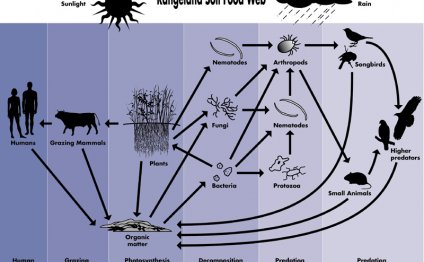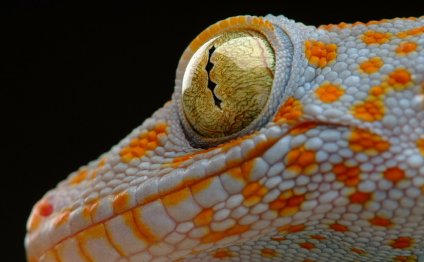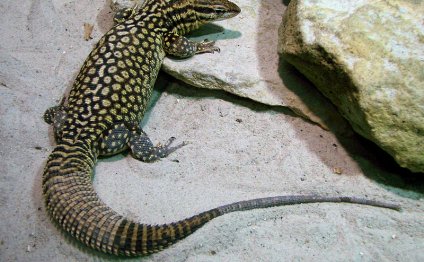
Reptiles pets for kids
My preschooler really wants a pet, preferably something small. Right now, we're trying to decide between a turtle and a hamster. Are these OK pet options for young kids?
– Shelly
Good for you for checking before buying! Actually, turtles and hamsters aren't wise pet choices for young children. What many parents don't realize is that reptiles (like turtles) and rodents (like hamsters) can transmit the bacteria salmonella through their feces (or poop).
So, whenever kids touch the animals or anything else that came in contact with the critters, they can be exposed to illness-inducing salmonella. Salmonella infection causes a gastrointestinal illness that can cause fever, headache, nausea, vomiting, abdominal cramps, and diarrhea (sometimes bloody), which can lead to dehydration.
Babies and young kids, who often put their little hands in their mouths, are at the highest risk of getting salmonella infections. In fact, about a third of the estimated 50, 000 cases reported in the United States each year are in kids age 4 and under. And when all of the vomiting and runny bowel movements lead to dehydration, salmonella infections can be downright dangerous for the littlest kids.
But salmonella is just one reason why some animals are not suitable pets for infants, toddlers, and preschoolers. They can carry other infections, and children are often at highest risk because they're often in closest contact with the pets.
For kids under age 5, experts say to steer of these pets, which can bite, trigger allergies, or spread disease and infection:
- reptiles (turtles, snakes, lizards, iguanas)
- rodents (hamsters, gerbils, guinea pigs, chinchillas, hedgehogs, prairie dogs, mice, rats)
- amphibians (frogs, toads, salamanders)
- ferrets
- baby poultry (chicks, ducklings, goslings, turkeys)
- monkeys
- illegal exotic animals
Still, kids may get up close and personal with these kinds of animals at places like zoos, petting zoos, pet stores, and county fairs on family or school outings. But caution and precautions are key to keeping little ones safe as they explore and observe. Whenever young children interact with these animals — ands other common bacteria-transmitting ones like cattle, sheep, and goats — it's extremely important to:
- closely supervise
- encourage kids not to kiss the animals or put their hands in their mouths after touching them or being in or near their enclosures
- make sure they wash their hands really well and/or use hand sanitizer afterward, whether they actually touch the animals or not. Kids under 5 in particular should be supervised to make sure they're washing their hands well.
Of course, no pet is perfectly safe. Even beloved cats and dogs can still bite, scratch, trigger allergies, and carry infections, too — but they are better choices than other animals.
Before buying or adopting a pet for kids of any age, do some research (on the type of animal, the facility you're getting it from, and the kind of care the critter would need). Be aware of infections that pets can carry and how such infections can be prevented. And be sure to keep your pet immunized against infections like rabies.
You also can look at pet guides, talk to a local veterinarian, and ask friends and neighbors about their pet-raising experiences. Most important, teach your kids how to properly handle and be safe around any pet.
RELATED VIDEO



Share this Post
Related posts
Colorful lizard
A very large species of chameleon that is endemic to forests in eastern and northern Madagascar. They reach up to 68 cm (27…
Read MoreTurtles as pets for Kids
Photo by Danielle Kiemel/Getty Images Turtles Think those slow-moving creatures would be exshellent pets? Think again. Turtles…
Read More











